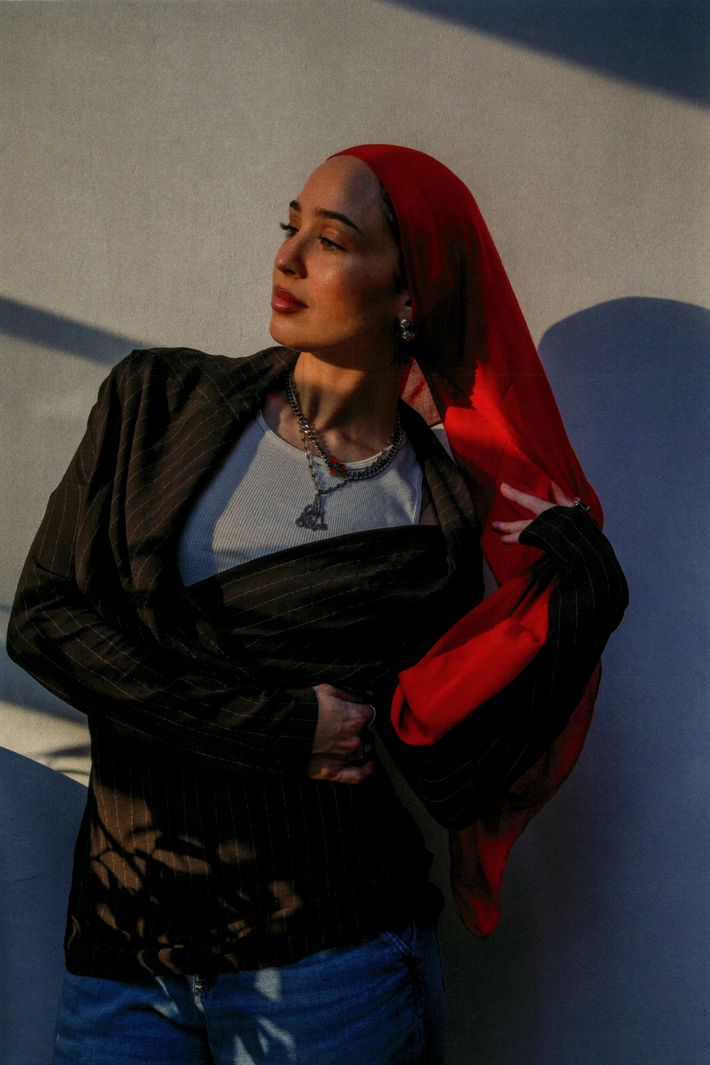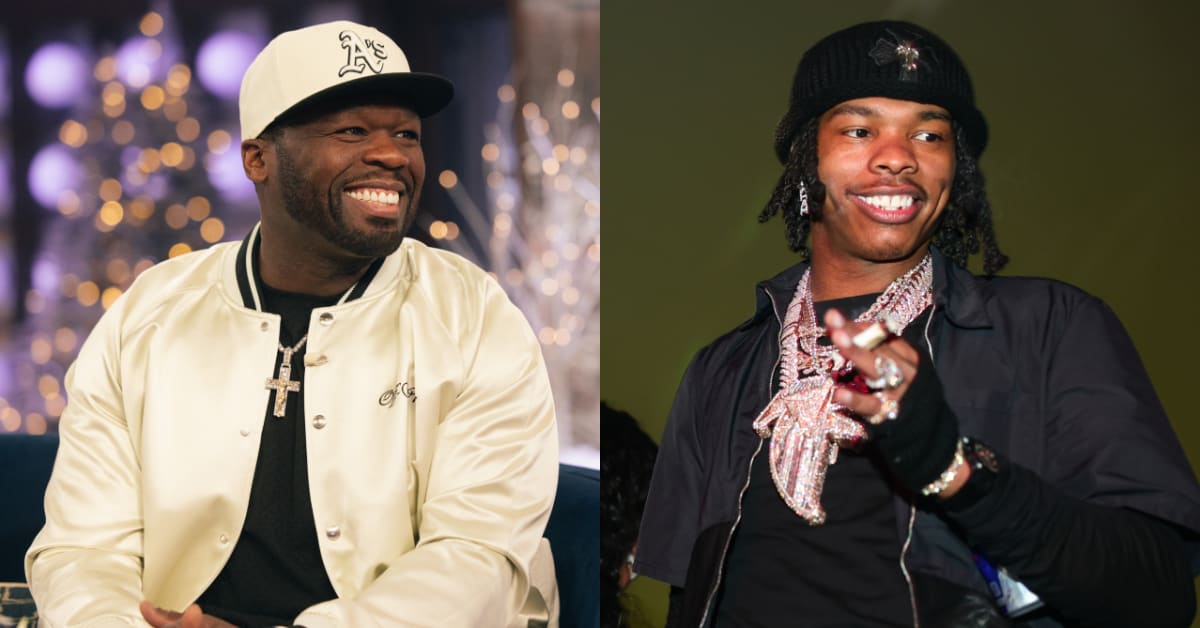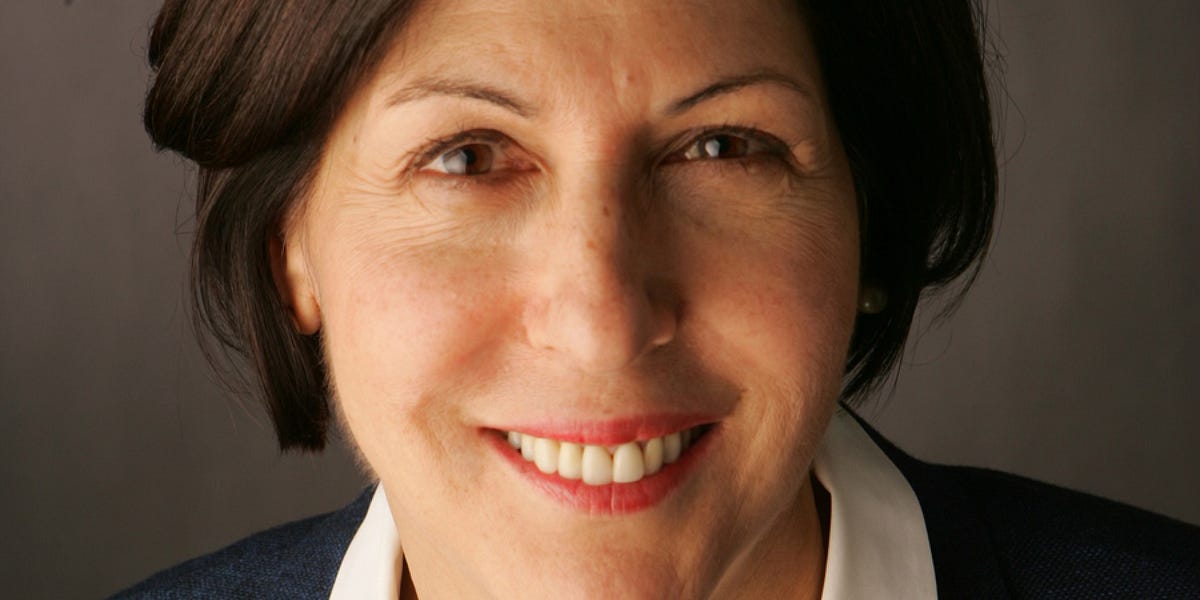Fashion
Maria Alia Al-Sadek Had to Get Crafty
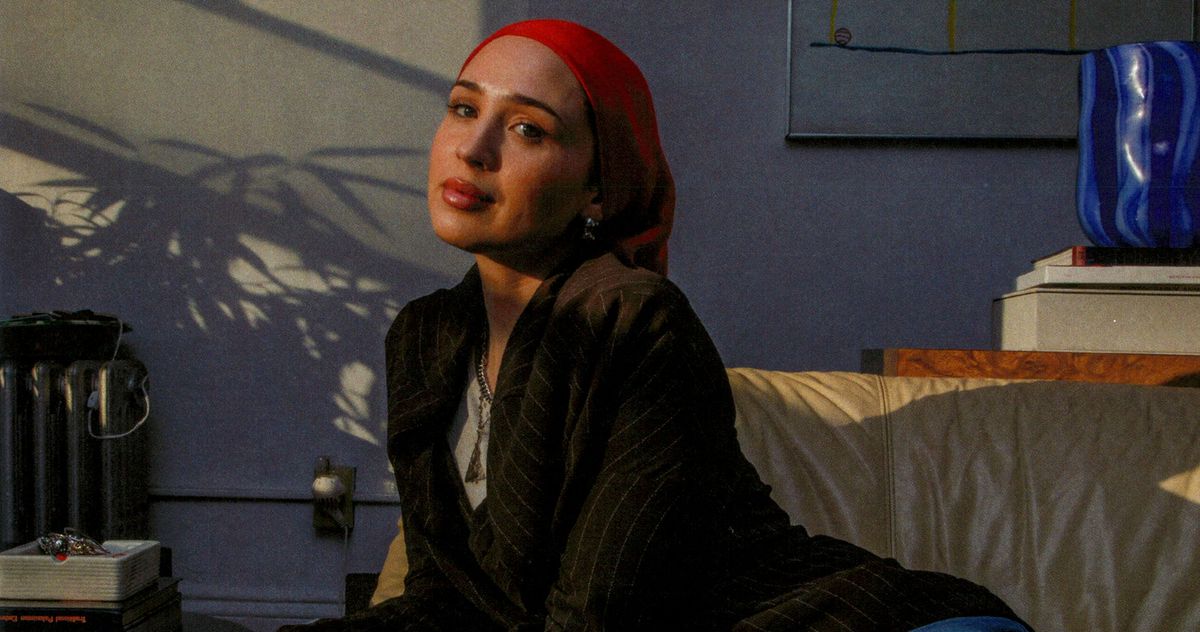
Photo: Maridelis Morales Rosado
When many of us first ventured into the digital playground that was Instagram in 2012, Maria Alia Al-Sadek was ten steps ahead. The “fit pic” was new back then, but Al-Sadek had already perfected the art form. As a Muslim hijabi teenager growing up in Alabama, the model and content creator already felt different. She couldn’t (and, frankly, didn’t want to) buy into the cookie-cutter, Abercrombie and Hollister aesthetic so many of us were obsessing over back then. Al-Sadek figured if she was going to stand out from her peers, she might as well do it in a way that felt authentic and interesting to her. Thus, she began exploring the world of high fashion, devouring magazines like Teen Vogue and Elle that her local Target kept stocked and researching the history of influential designers. She took inspiration from the runways of Alexander Wang, who at the time had an untarnished reputation, and found ways to cinch and layer garments to not only match the silhouettes she saw in the glossies, but also meet her own level of preferred modesty.
Al-Sadek began posting her high-fashion-inspired outfits to her Instagram feed and quickly went viral in the hijabi fashion world and beyond, gaining a near-immediate following. More than a decade and a move to New York City later, Al-Sadek has become one of the most creative muses in the fashion world, featured in campaigns from such brands as Sandy Liang, Tory Burch, Stella McCartney, and Nike, and in magazines like Vogue and Cosmopolitan. And has been labeled a certified ”It” girl. The Cut sat down with Al-Sadek to talk about inspiration, the art of layering, and getting crafty in an industry that doesn’t readily represent you.
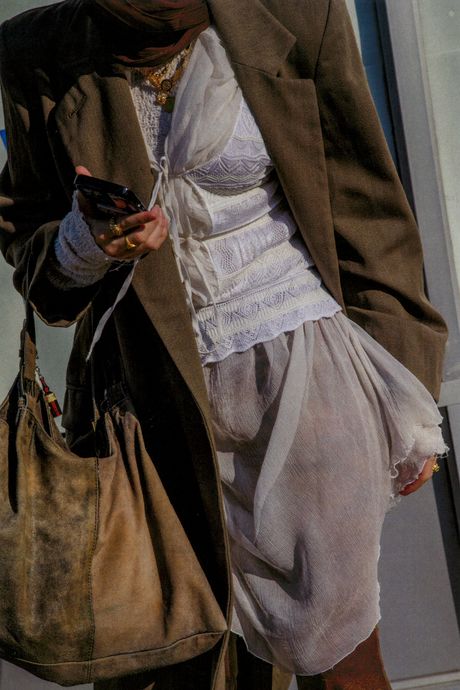
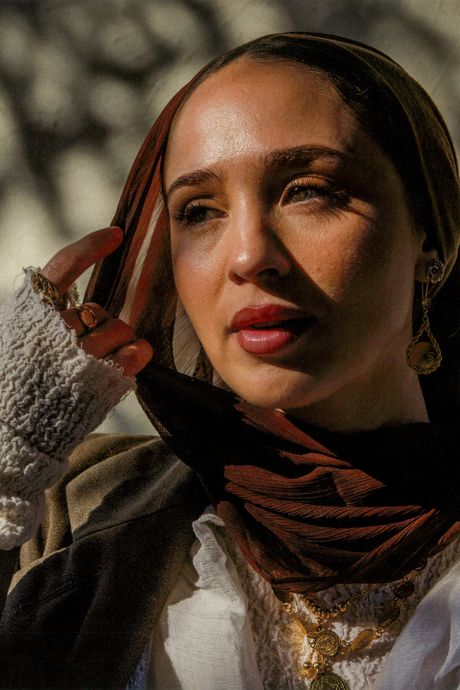
From left: Photo: Maridelis Morales RosadoPhoto: Maridelis Morales Rosado
From top: Photo: Maridelis Morales RosadoPhoto: Maridelis Morales Rosado
How did you first get into fashion?
When I was 5, for birthdays or Eid, my parents gave me toys, but I would always really want clothes. My mom tells me I would scream or cry when she dressed me in something I didn’t like. One time, she put my sister and me in these ’90s printed jumpsuits, and I was bawling the whole day because I hated it.
I started wearing a hijab when I was 14, and I lived in Alabama, which is not a stylish place, It wasn’t a cool thing to wear a hijab there — it was very much Hollister and Abercrombie vibes. I was already different in that way. It switched something in my brain to experiment with other stuff because I’m already not going to fit into this aesthetic. It freed my mind in a fashion sense. I already had this “challenge” to make something modest; it made me get crafty. And in my early teens, I got into fashion magazines and looking into luxury designers, not that I could afford them. I just loved the idea of Coco Chanel, even though she’s not a great person. At the time it was very glamorous.
What magazines were you into?
I was reading Elle and whatever I could find at Target — Vogue, Teen Vogue. I was really into seeing what the celebrities were wearing. I loved looking at the high-fashion ads that are in the beginning of Vogue. I always felt like I had to appreciate it from afar. I’m a hijabi living in Alabama. I didn’t see where I fit into that, but it was inspirational for me. I would see runway looks that were not readily modest and find ways to make them that way.
Photo: Maridelis Morales Rosado
Do you remember the first time you posted something online that felt “fashion forward”?
In 2012, I posted a photo of myself in an outfit for the first time. It was the early days of Instagram. Prior to that, on Facebook you didn’t post a photo by yourself. I was wearing this maxi skirt from, I think, Mango, and at the time, I was like, Wow, this is sooo special. It did kind of blow up a little in the hijabi fashion world, but would I say the outfit is fashion forward now? Maybe not.
How did you go about finding your sense of style?`
My style has evolved over the past ten years. There are things that have stayed consistent. The way I found my style was those beginning years of being a hijabi and thinking about fashion in a different way: How can I wear this in a way that fits my personal modesty level? When I go shopping, I might see a piece that is really ugly or not styled well, but I can see how it will translate into my style. I started thrifting in high school; it helped me learn what I liked, not just because it looked cool on someone else, and dressing modestly helped me learn how to layer. There are a lot of other things I wouldn’t have tried had I not had to get crafty. Especially in my teens and early 20s, there weren’t a lot of readily modest things. There were a lot of minidresses over jeans; that was my vibe for a long time.
Where you live plays a big part in how you dress. I lived in Dubai for a year, and that was a transformative time. It was my first time living in a bigger city, a predominantly Muslim place with so many different iterations of modesty there. It gave me a new perspective. You can wear full glam to the mall. I could wear my heels to the mall, and I would never do that in Alabama. When I moved to New York City in 2016, I learned to adapt to the different needs of different places. I like what I like. I love to play with trends here and there, but I’m definitely not somebody who’s going to lose myself in a trend. I like wearing things that make me feel comfortable and are a little bit fun and interesting. Hijabi fashion is traditionally very feminine, and that’s beautiful, but sometimes I’m not feeling like that. Sometimes, it might be a little more casual, a little more androgynous.
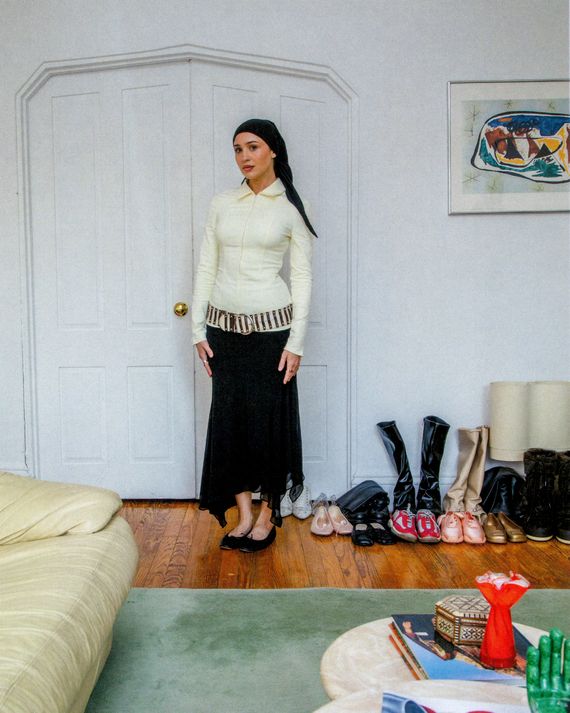
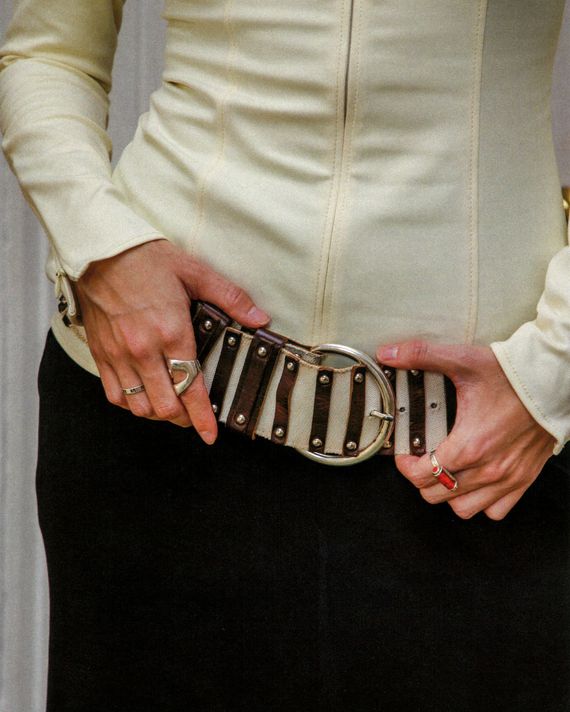
From left: Photo: Maridelis Morales RosadoPhoto: Maridelis Morales Rosado
From top: Photo: Maridelis Morales RosadoPhoto: Maridelis Morales Rosado
What’s your process of getting dressed like?
I’m always experimenting as I go. It starts with “I want to wear this piece,” and then I try things on. “Let me try it with this jacket, or layer it with a button-down, or wear it with these pants.” Sometimes, I do want to feel really feminine, very waist-snatching. Sometimes, I don’t want to be perceived and wear something super-under-the-radar but still cute.
What does a typical “Maria” outfit look like? Do you have any sort of uniform?
I feel Maria the most in a trench coat, pants with a dress or skirt on top — and I love anything corseted. I love to layer a corset over a button-down. I found a photo of myself from 2014 doing that. I do not thrive in the summer. Also, a maxi skirt or midi skirt hates to see me coming. A blazer, a nice fitted and cinched waist, vintage Mugler.
Photo: Maridelis Morales Rosado
Where do you like to shop? What are a few of the last things you have purchased?
I do most of my shopping online or in person at vintage stores: Paloma Wool, Kiko Kostadinov, Acne, Marni, vintage Ann Demeulemeester, vintage Miu Miu, vintage Prada, vintage JPG, Stella McCartney–era Chloé. Online, I love to shop eBay, Poshmark, Mercari, Vestiaire, the Real Real, Ssense, Apoc store, and Apocene.
I’ve barely shopped this year, but recently I did a little Real Real order. I always have a million favorites, but I’m trying not to buy more things. I got this really cool late-’90s, early-2000s button-down top that goes to my knee that is this interesting plaid pattern and spray-painted. I got a vintage Jean Paul Gaultier white crochet and silk top. It looks like it’s two different pieces. I got these really amazing vintage Bebe heels; they’re pony hair and a cow print. I got them a week ago, and one of the heels already popped off, but I will get them fixed.
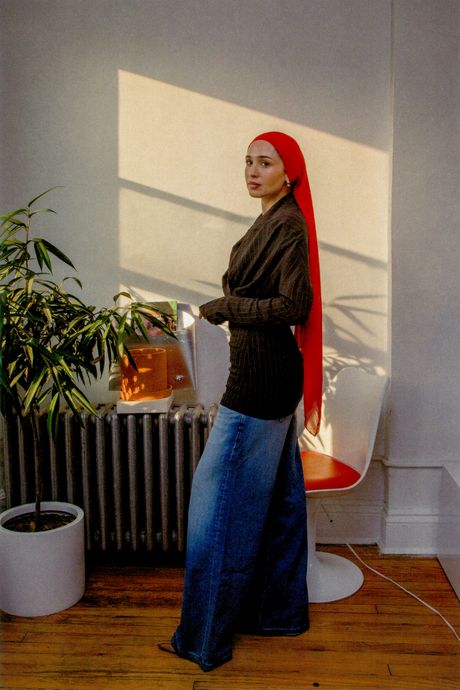
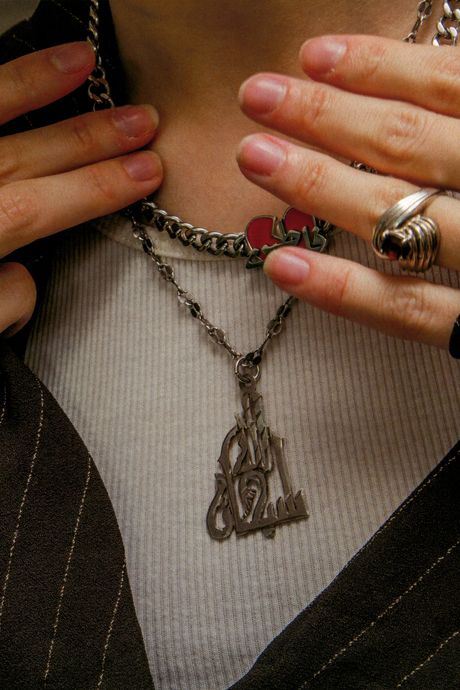
From left: Photo: Maridelis Morales RosadoPhoto: Maridelis Morales Rosado
From top: Photo: Maridelis Morales RosadoPhoto: Maridelis Morales Rosado
A lot of girls turn to you as a source for stylish, high-fashion hijabi inspo. What does that feel like for you?
It feels nice and a little surreal. I got my start in fashion at such a young age and when we didn’t have social media. It feels like a full-circle moment to have another Arab or Muslim or hijabi to look up to. It’s very humbling. But there’s a layer of pressure. Being visibly Muslim holds a certain responsibility, even though I never asked for that. I don’t claim to be the perfect example of modest fashion. Everybody has their own level of modesty that makes them comfortable. I always try to make it very clear that this is my personal level. I hope people don’t look at me as the perfect example, because I’m not. It’s really nice to have a community of other Muslim girls. I find other young hijabi girls who I follow on TikTok who have interesting style and are inspiring to me. The moment you’re publicly a hijabi, people feel like they have a right to police you and the way you dress.
You also incorporate a lot of our culture into your clothing through jewelry, flags, and keffiyehs. Why does that feel important to you?
In the past five or so years, I’ve tried to find out more about our culture’s fashion. A friend gave me a book called Palestinian Costume. She found it in Jeddah. It was after my first trip to Palestine. It got me into researching the different traditional wear from different regions. My family is from the Akka region. I love to incorporate tatreez, and obviously the keffiyeh has been something that feels really nice to wear. I love good Palestinian gold. My dad was born in a refugee camp in Lebanon, and they lost a lot of their culture in a fashion sense. When you’re fleeing war, you don’t have the resources to be making the tatreez like you would, and when living in a refugee camp, very poor, very impoverished, you’re not going to be buying gold and having gold made for weddings, so that part is lost a bit. It’s nice now to be in a comfortable place to go back and explore what my great-grandmothers and great-aunts were wearing and bring it into my current style.
Photo: Maridelis Morales Rosado



